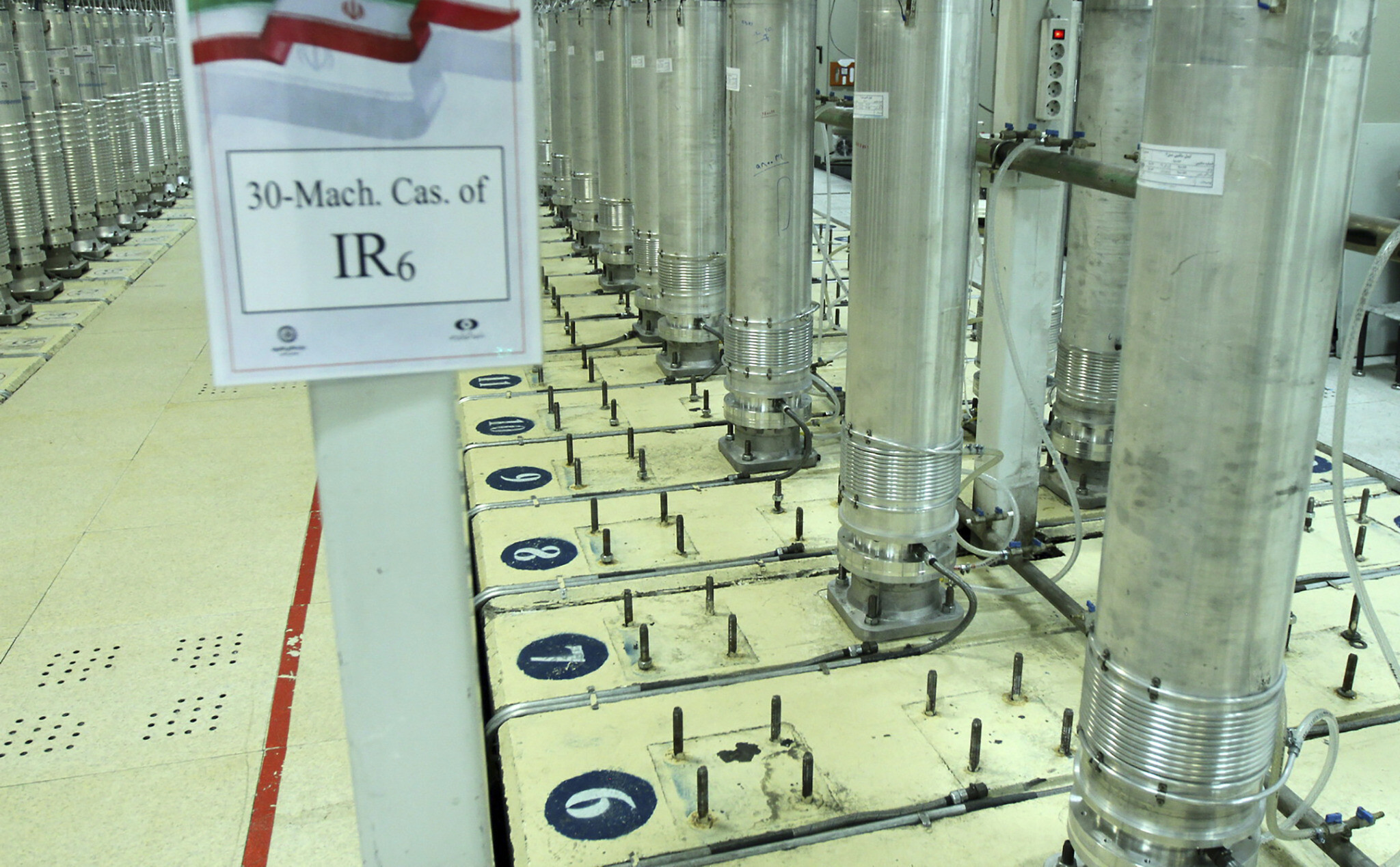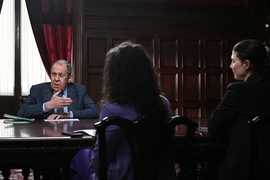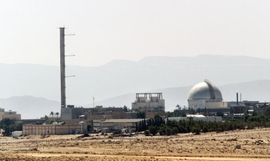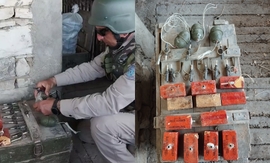Iran has inaugurated an air defense command and control center near the Fordow nuclear site in the country’s northern province of Qom.
“Because of the growing measures and up-to-date equipment and deterrence power of the country’s air defense facilities, enemies cannot even think of aggression and attacking [Iran],” Iran’s Army Air Defense Commander Brigadier General Alireza Sabahifard said on August 25.
The statement was made at a launch ceremony that took place near Fordow – a nuclear facility built deep inside a mountain to protect it from a military strike.
As part of the ceremony, Sabahifard inaugurated the Command-and-Control Center of the Fordow Air Defense Unit of Qom and the new medical buildings of the defensive unit.
The Fordow underground uranium enrichment site contains IR2 uranium enrichment centrifuges. In early January, Iranian Atomic Chief Ali Akbar Salehi said that the country would install 1,000 more centrifuge machines. Currently, the facility has 320 centrifuges in two cascades, producing between 17 to 20 grams of 20 percent enriched uranium per hour.
Iran resumed uranium enrichment at the Fordow nuclear site on January 4. The move came after the Iranian Parliament passed a law obliging the government to increase uranium enrichment to 20 percent, which violates the 2015 nuclear deal between Iran and world powers.
Meanwhile, Iran’s other nuclear facility in Natanz increased the purity of the enrichment uranium to 60 percent with advanced IR-6 and IR-4 centrifuges.
Iran has reportedly thwarted several “sabotage” attempts against its nuclear sites so far. A fire broke out in the Natanz facility in April 2021. Referring to the incident, the then Foreign Minister of Iran, Mohammad Javad Zarif, said that “deliberate targeting of a safeguarded nuclear facility and high risk of indiscriminate release of radioactive material is nuclear terrorism and a war crime.”
In July 2020, a large explosion hit a centrifuge assembly facility in Natanz. The incident happened at an unfinished warehouse at the complex and caused significant damage, which could slow the production of centrifuges used to enrich uranium.
In January 2013, an explosion occurred at the facility in Fordow and a nearby electrical facility. Iran blamed Israel for the blast.
In August 2016, Iran deployed the Russian-supplied long-range S-300 surface-to-air missile defense system around Fordow.
“Our main priority is to protect Iran’s nuclear facilities under any circumstances,” Farzad Esmaili, commander of the Islamic Revolutionary Guards Corps’ (IRGC) air defense force, said, referring to the deployment of the missile system.
In June 2015, Iran and the six major powers reached a landmark deal, the Joint Comprehensive Plan of Action (JCPOA), widely known as the Iranian nuclear deal. Under the agreement, Iran would curb its nuclear program in exchange for the removal of nuclear-related sanctions. As a result, Iran shut down many of its centrifuges used to develop uranium. Still, it retained the right to enrich uranium to a level of 3.67 percent and sell it abroad. The deal also banned uranium enrichment at Fordow until 2031.
In May 2018, the Trump administration pulled out of the JCPOA and re-imposed sanctions on Tehran. Iran retaliated by abandoning most of its obligations and accelerating its nuclear program.







 Russian peacekeeping forces, deployed in the Karabakh (Garabagh) region of Azerbaijan since 2020, have commenced their withdrawal from the area.
Russian peacekeeping forces, deployed in the Karabakh (Garabagh) region of Azerbaijan since 2020, have commenced their withdrawal from the area.
 Azerbaijan officially unveiled the logo for the upcoming 29th session of the Conference of the Parties to the United Nations Framework Convention o...
Azerbaijan officially unveiled the logo for the upcoming 29th session of the Conference of the Parties to the United Nations Framework Convention o...
 The Kazakh authorities have increased their arbitration claims against international oil companies involved in the development of the Kashagan oil ...
The Kazakh authorities have increased their arbitration claims against international oil companies involved in the development of the Kashagan oil ...
 Iran’s Foreign Minister, Hossein Amir-Abdollahian, has labeled a foiled Israeli drone attack in certain parts of the country as a "failure" for Isr...
Iran’s Foreign Minister, Hossein Amir-Abdollahian, has labeled a foiled Israeli drone attack in certain parts of the country as a "failure" for Isr...



